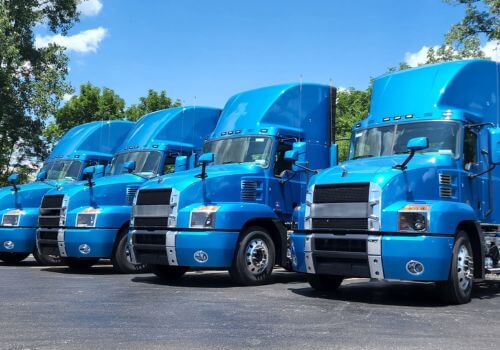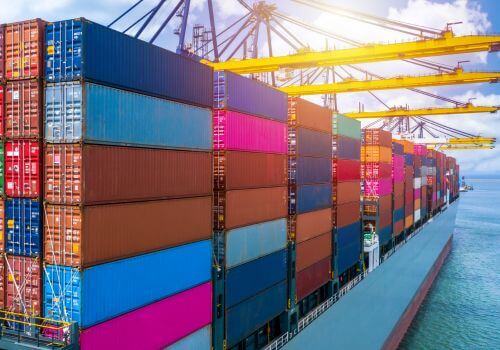What is gross weight?
Gross weight is a fundamental concept in logistics that refers to the total weight of a product or shipment, including its packaging and any additional materials used for transport. It’s the complete weight of an item as it’s prepared for shipping or handling.
What are the key components of gross weight?
Understanding the key components is essential for accurate calculations and efficient logistics planning.
- Net weight: The weight of the product itself without any packaging.
- Tare weight: The weight of the packaging, container, or vehicle used to transport the goods.
- Additional materials: Weight of pallets, straps, or other securing materials.
Why is gross weight important in logistics?
Gross weight plays a critical role in various aspects of logistics:
- Transportation planning: Helps determine the appropriate mode of transport and vehicle capacity.
- Cost calculation: Shipping costs are often based on gross weight.
- Compliance: Ensures adherence to weight limits and regulations.
- Safety: Prevents overloading and potential accidents.
- Customs & documentation: Required for accurate customs declarations and international shipping.
What is the difference between gross weight and net weight?
While gross weight includes everything, net weight refers only to the product itself. Here’s a simple example:
- Net weight: A box of chocolates weighing 500 grams.
- Gross weight: The same box of chocolates (500g) + packaging (50g) + shipping box (100g) = 650 grams.
Understanding this distinction is crucial for accurate reporting and efficient logistics management.
In summary, Gross Weight in logistics is the total weight of a shipment, including the product, all packaging materials, containers, and any additional accessories used for transportation.







